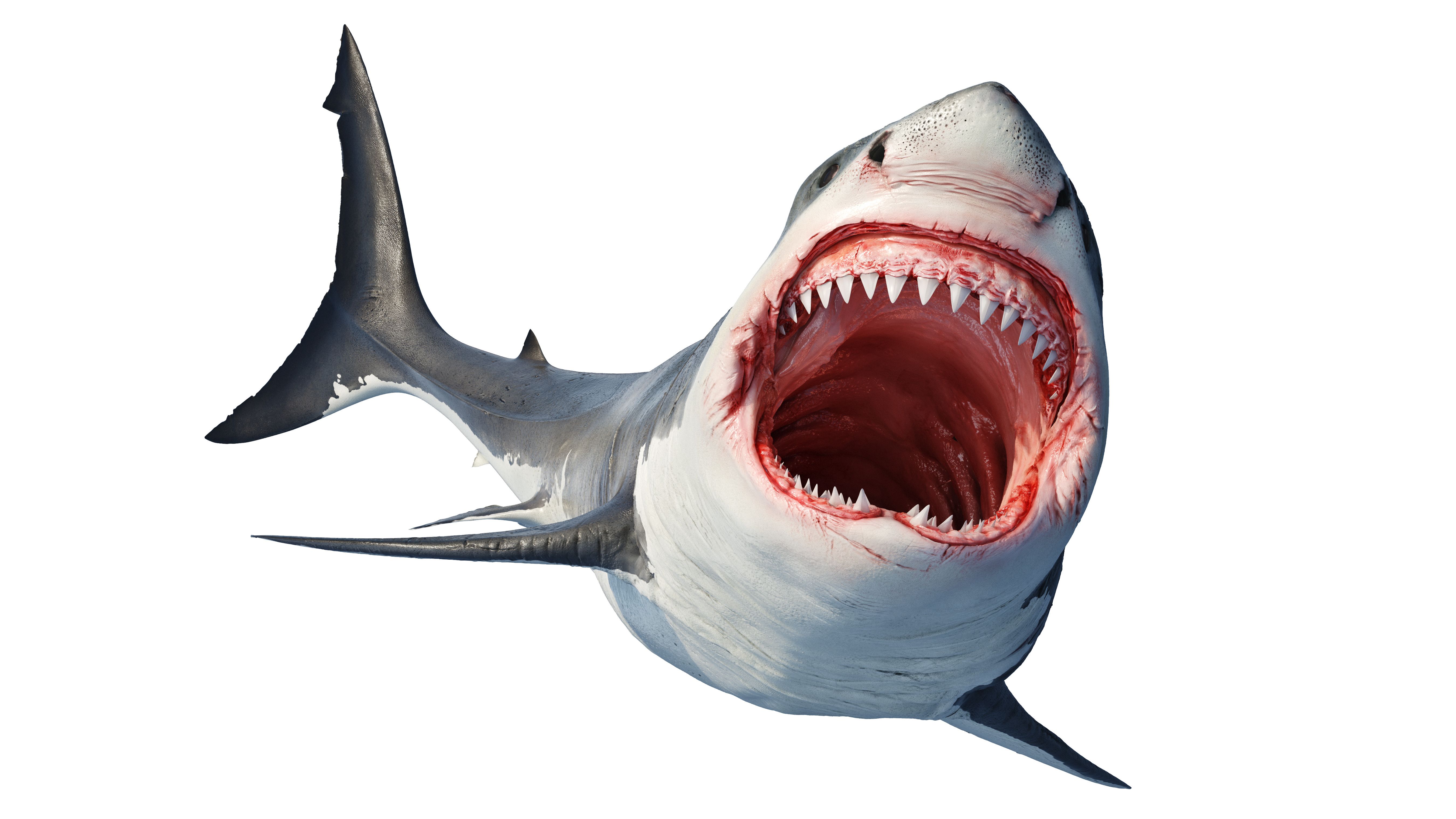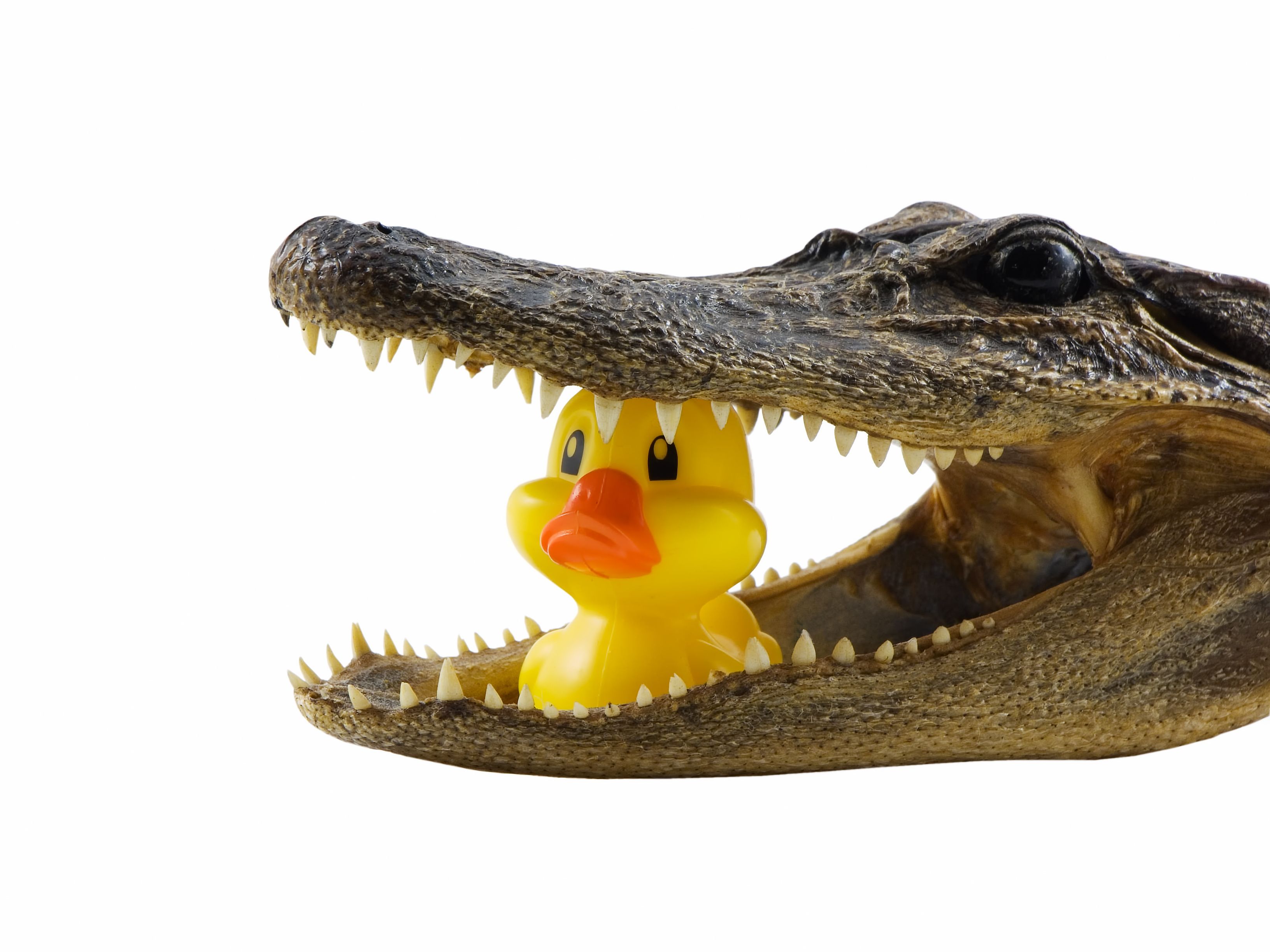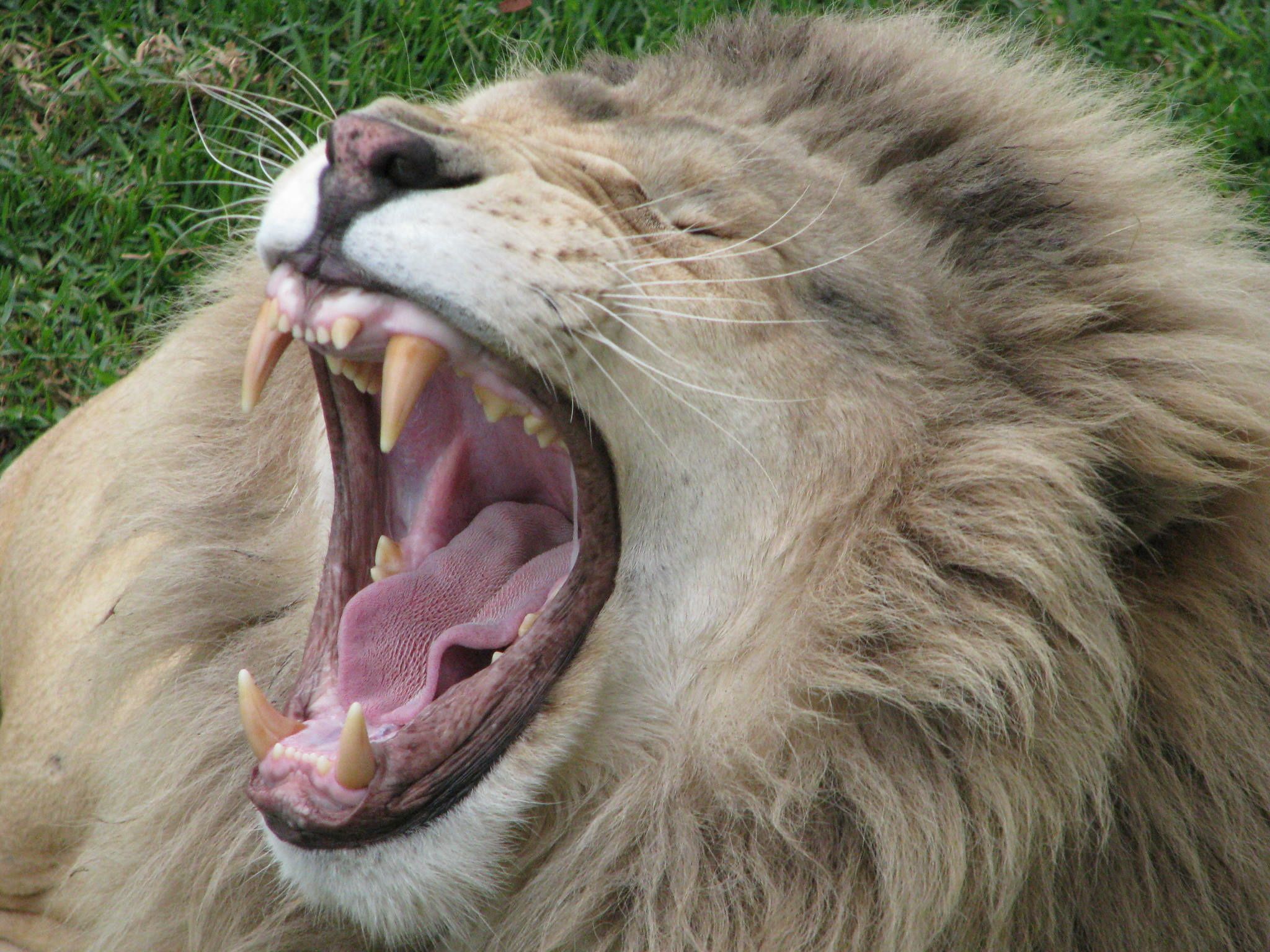- About Us
- Advertise
- Editorial
- Contact Us
- Terms and Conditions
- Privacy Policy
- Do Not Sell My Personal Information
© 2025 MJH Life Sciences™ and Dental Products Report. All rights reserved.
5 Fun Facts About Animal Teeth
When it comes to animals, there are many sizes and shapes of teeth. Here's a look at just a few of the many types as well as some interesting facts associated with animal teeth.
Most animals need to chew food in fashions similar to humans, but that’s not to say they all have teeth similar to us. Kittens have small, razor-sharp teeth, dogs are known for strong biting forces and many of us are afraid of the sight of sharks and alligators showing off their teeth.

ARTYUSTUDIO / STOCK.ADOBE.COM
1. That’s an awful lot of shark teeth!
Thanks to the popular Jaws movies, most people are aware that sharks have a lot of sharp, dangerous teeth. But did you know that sharks continually shed their teeth and that the largest order of sharks, the “ground sharks” known as Carcharhiniformes, shed more than 30,000 teeth in a lifetime, replacing those that fall out? There are 4 basic types of shark teeth: dense flattened, needle-like, pointed lower with triangular upper, and non-functional, and they don’t just grow back like a human’s. second set of teeth. Behind their “main” row of teeth, several rows of teeth grow at the same time, so if a tooth breaks off in the first row, a new tooth moves to take its place. Because of this unusual, natural tooth replacement process, shark’s teeth are often referred to as “revolver teeth”.

BRENT / STOCK.ADOBE.COM
2. Crocodile birds make for good hygienists
While crocodiles don’t schedule regular hygiene visits, they do have the benefit of regular cleanings from the small Egyptian Plover bird. These birds get into the crocodile’s mouth and pick out the tiny bits of food stuck in the teeth. This risky looking behavior is actually a win-win. The bird gets food to complete its diet, while this process cleans the crocodile’s teeth, helping keep the carnivore’s mouth fresh and free from infections.

RICARDO GIL/ EYEEM / STOCK.ADOBE.COM
3. Built-in scissor teeth
While animals’ canines or fangs can do plenty of damage to prey, with lions and most carnivores (excluding bears) the last premolar of the upper jaw and first molar of the lower jaw are sharp and bladelike, and slide past each other like the blades of scissors when the animal chews. These modified molars are known as carnassial teeth and are used to cut through muscle, sinew, cartilage and bone. While lions have incisors and canines, their carnassial—the sharpest teeth at the back of the mouth—act like a pair of scissors with a shearing action to cut meat and break bones.

AMHERUKO/ STOCK.ADOBE.COM
4. Walrus tusks serve many purposes
Canines can get very long in the animal kingdom, including the tusks that make walruses so recognizable. These tusks grow continuously throughout their lives and walruses use their tusks for a variety of reasons, including to help climb onto ice floes from the water. According to Oceanwide Expeditions, these tusks are used as symbols of age, sex, and social status. Male walruses use their tusks to show dominance by turning their heads and thrusting their tusks in the air. Tusks can also be used for defense against polar bears, and males may use them while fighting during breeding season. Walruses have 2 large external tusks that can grow up to one meter long and weigh more than 10 pounds.

KGO3121 / STOCK.ADOBE.COM
5. 5 sets of teeth may not be enough
It makes sense that as an elephant’s final molar begins to smoothen and break down, it becomes increasingly difficult for it to chew and process food, which can lead to starvation or malnutrition. But most of us would be surprised to learn just how many sets of teeth these large animals have. Most mammals only have 2 sets of teeth, but elephants actually commonly go through 5 sets of molars and as a tooth wears out through all that grinding out in the wilderness, another molar pushes forward to replace it. In some reported instances, elephants have actually developed even more than 5 sets of molars.



